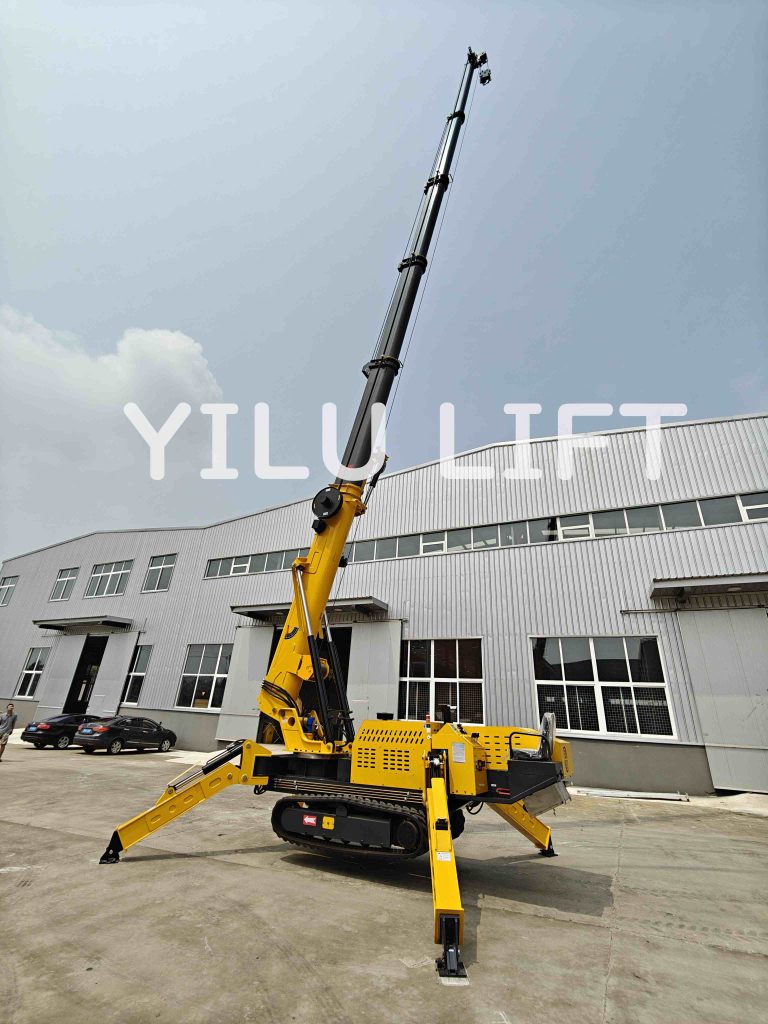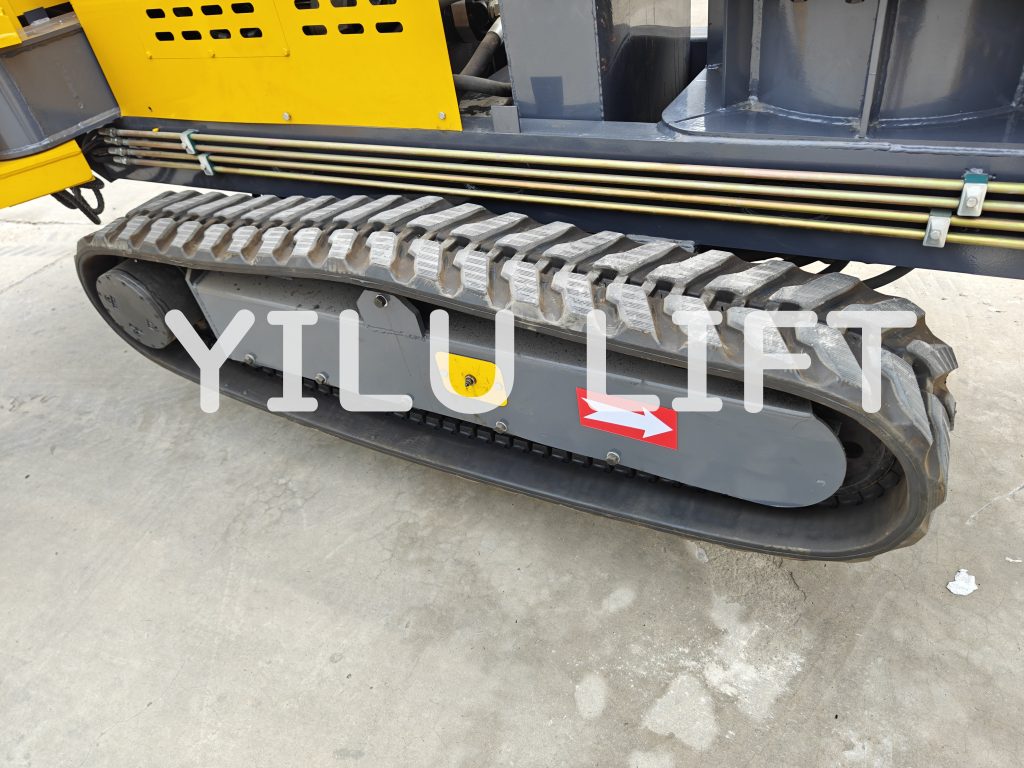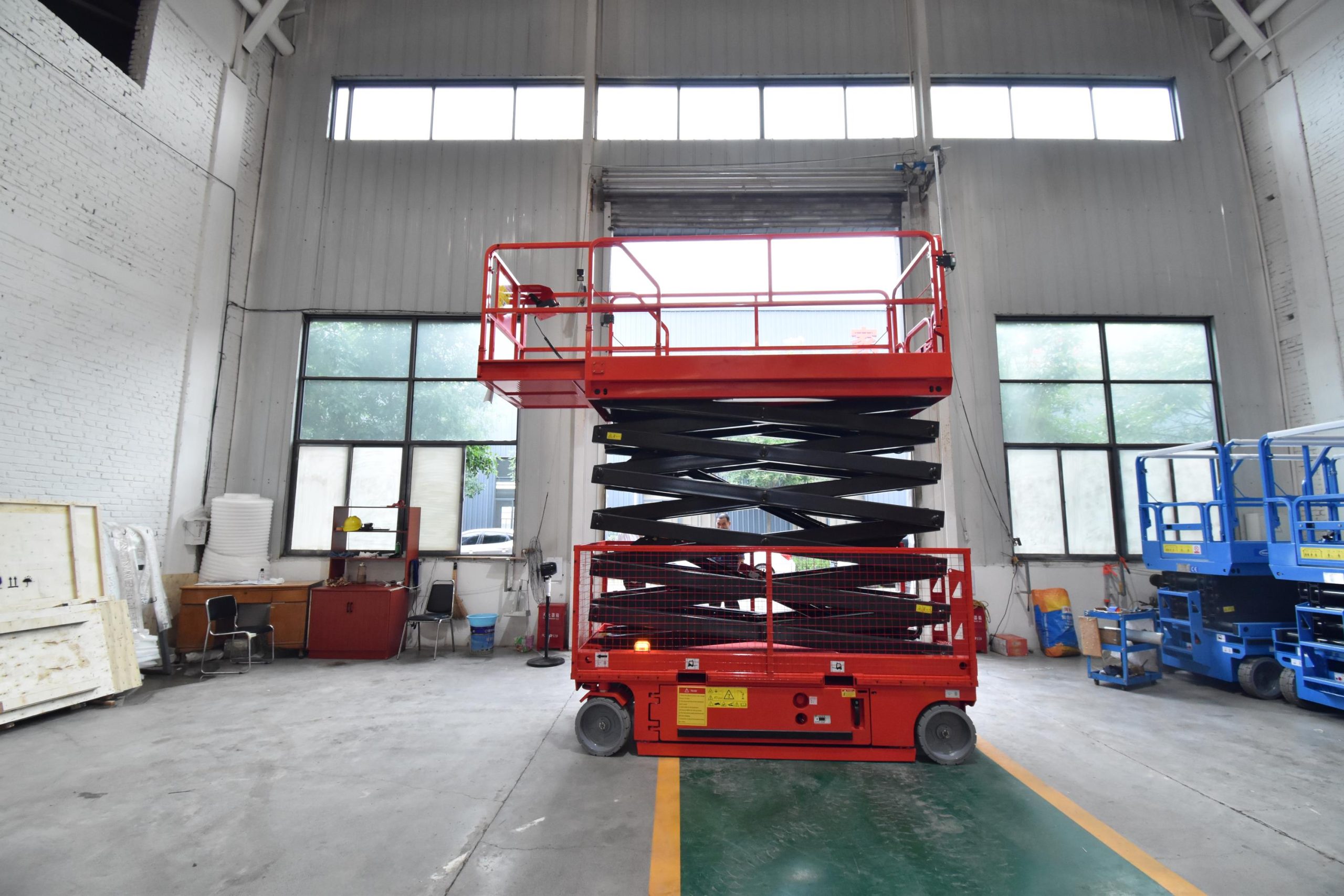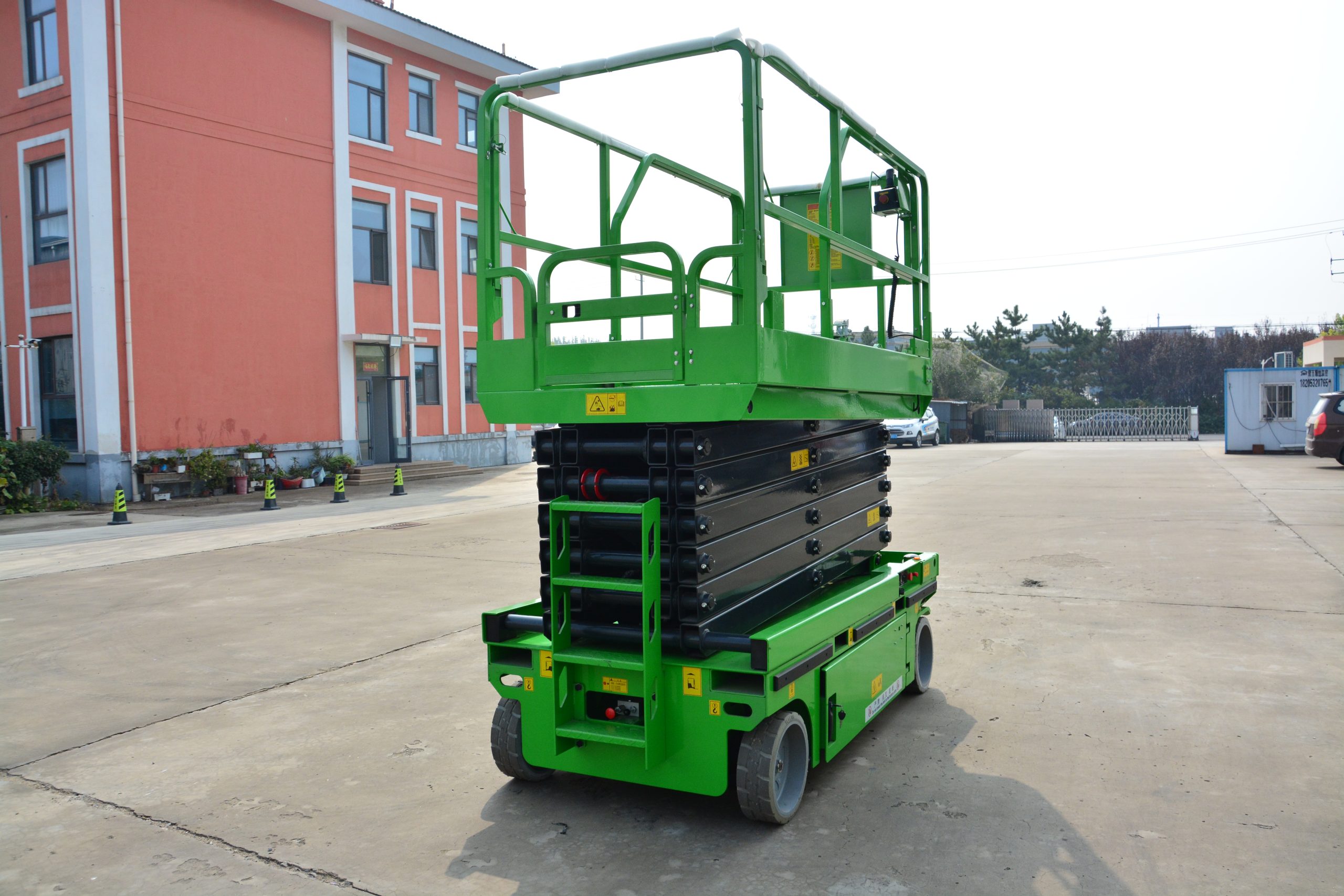Comprehensive Guide to Safely Operating a Spider Crane
Comprehensive Guide to Safely Operating a Spider Crane
Operating a spider crane safely requires several best practices and the appropriate safety equipment. Some of the more important rules include carrying out detailed site assessments to highlight possible dangers and making sure the crane is bolted down on solid footing. Operators ought to be well-experienced and aware of the crane control and load limits.
What Is the Spider Crane?
What is a spider crane? A spider crane (spider because of its multi-legged appearance) is a particular type of crane that has several telescopic arms (booms) that can pivot or rotate. The Swllift crawler-type spider crane is built for unique job types with its design and features.
Thanks to its intelligent control system, the small electric spider crane provides accuracy in overseeing the boom and loads. The safety aspect is also exceptional as it features advanced safety stands like overload protection, anti-collision systems, and emergency stops to ensure the safety of the operator and the site.
Key Features of Spider Cranes
Compact Design and Versatility
A key benefit of spider cranes is their compact design. The equipment can fit through narrow paths as well as be used in most other areas where conventional cranes would not be able to be used. They have foldable outriggers that allow them to balance even on rough terrains. Moreover, they are versatile for everything from glass installation to heavy lifting.
Load Capacity and Stability
Spider cranes are little but strong cranes. They can lift multiple tons, depending on the model, and are incredibly stable owing to these hydraulic systems and the style of their outriggers. That combination of size and strength makes them a go-to for both power and precision projects.
Advanced Technology Integration in Spider Cranes
Thanks to the innovative technology trends incorporated into modern spider cranes, they are able to provide enhanced safety as well as efficiency. For instance, wireless remote controls enable operators to manage lifting operations from a distance.
On the other hand, the torque alarm display and leg lift sensor keep ideal conditions for operation, reducing the risk when used. Advanced proportional valves, in turn, allow for greater control over the lifting movement.
Pre-Operation Safety Measures
Safety is paramount when operating spider cranes. Adhering to pre-operation protocols ensures not only the safety of the operator but also the longevity of the equipment.
Inspection of Equipment Before Use
Check every crane part before starting any operation, like cracked welds, hydraulic leaks, or loose wire rope joints. It is sure to perform test runs to check that perhaps all control systems are in functioning construction. Early detection of potential problems avoids accidents in operation.
Ensuring Operator Training and Certification
Operators must undergo rigorous training to handle spider cranes safely. Certification programs equip them with knowledge about machine functions, safety protocols, and emergency procedures. Only certified individuals should be allowed to operate these machines.
Site Assessment for Safe Operation
Working site analysis is one of the basic requirements, which you need to confirm before deploying a spider crane. Make sure that the site is away from high-tension wires or other hazards that could put safety at risk. Stabilizing outriggers by following manufacturer instructions ensures that the operations are as safe as possible.
Operating a Spider Crane Safely
How to Set Up the Crane on Different Terrains?
Manning a spider crane over varying ground conditions is not something that happens just on a whim. Because of this extraordinary design, a spider crane, specifically their foldable outriggers, can ensure stability on any kind of uneven terrain. These outriggers aren’t just used to provide stability but also safety during lifting operations as well. Check the ground for hazards such as trenches, gravel, or chicken slopes before you set it up.
Always try to keep the crane on an also sound ground surface. When working on sloped or uneven ground, follow the manufacturer’s instructions to use the outriggers to keep it stable. Also employ load distribution mats under the outriggers to stop from sinking or slipping. This is an important step in soft soil conditions.
What Are the Best Practices for Lifting and Moving Loads?
The spider crane is one of those cranes which is used for lifting or moving loads. First make sure the load is not greater than the rated capacity of the crane. Overloading is one of the major reasons for accidents happening in lifting operations. Attach the load with suitable rigging equipment and check connections before lifting.
Use the crane controls slowly so that there are no jerky movements that can affect the stability of the crane machine or make the load shake. In the event your spider crane has been configured with high-end features like wireless remote controls or torque alarm display alarms, be sure to leverage them to keep operations safer and more streamlined.
Maintenance and Post-Operation Practices
What Are Routine Maintenance Procedures?
To keep your spider crane performing its best throughout its lifetime, all you need is some routine maintenance. Inspect hydraulic systems, wire ropes and control panels for wear and tear or potential damage following every operation. Wipe away dirt from moving components to avoid mechanical failure.
Replace hydraulic oil every year or per the manufacturer’s recommendation. Wear minimization and optimal performance are achieved by utilizing high-quality hydraulic oil. Tighten any loose bolts or connections that you find during inspections.
How Should You Store a Spider Crane Properly?
Proper storage is important for preserving your equipment while not in use. Store the crane in a cool, dry, well-ventilated location away from direct sunlight and moisture. If storing for a long time, remove all power sources to avoid any electrical problems. Use weather-resistant materials to cover areas that are exposed.
Recommendations for YILU Spider Cranes
Why Choose YILU Products for Safe Operations?
Qingdao YILU Intelligent Equipment Co., Ltd provides a proven selection of products that are designed for user safety and performance. Manufactured to rigorous standards of quality and designed for a broad range of operational requirements.
In the spider crane, state-of-art safety systems including a torque alarm display and leg lifting sensor reliably prevent any unsafe operation in harsh environments. With a small frame and strong lifting ability, they can be used indoors and outdoors.
Which Models Are Suitable for Various Applications?
YILU provides several models of spider cranes catering to different industries:
- Light-Duty Models: Ideal for indoor use where space is limited.
- Heavy-Duty Models: Equipped with robust booms capable of handling large loads.
- Advanced Technology Models: Integrated with wireless remote controls for enhanced maneuverability.
These versatile machines are perfect for construction projects, maintenance tasks, and logistics operations requiring precision and reliability.
FAQs
Q1: Can spider cranes be used indoors?
A: Yes, their compact design allows them to operate efficiently in confined indoor spaces.
Q2: How long can a spider crane last?
A: A well-maintained spider crane can last 10 years or more while still in top working condition.
Q3: What types of terrain are not suitable for spider cranes?
A: Never on highly unstable surfaces ( super loose sand) unless you accept that you will need other means of stabilization (mats under the outriggers).








